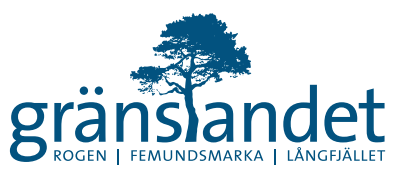Different forms of protection
In Gränslandet there are national parks, nature reserves and protected landscapes. They all have the same purpose – to protect valuable countryside. In practice, the differences are small. But Swedish and Norwegian national parks are not quite the same.
Nature protection in Norway
An area that contains endangered, rare or vulnerable nature, represents a specific type of habitat, or is otherwise of particular importance for biological diversity, comprises a distinctive geological feature, or is of special scientific interest may be protected as a nature reserve (naturreservat). In Norway, this is the strongest form of protection.
A large area of natural habitat that contains distinctive or representative ecosystems or landscapes, and where there is no major infrastructure development, may be protected as a national park (nasjonalpark). National park is a fairly strong form of protection. National parks can be established both on publicly and privately owned land.
A natural or cultural landscape that is important in ecological or cultural terms, as a source of enjoyment or as a basis for forming an identity may be protected as a protected landscape (landskapsvernområde). This is the mildest form of protection in Norway. Current activities, such as agriculture and forestry may be continued, provided they do not substantially alter the nature or character of the landscape.
In Norway all forms of protection are established under the Nature Diversity Act (naturvernloven) from 2009, and adopted by the government by so called royal resolution. The protected areas in Gränslandet were set up under the Nature Conservation Act from 1970, but are now managed according to the Nature Diversity Act, which replaced the old legislation.
Nature protection in Sweden
A national park (nationalpark) in Sweden comprises essentially untouched areas of countryside that represent Swedish landscape types. This is the strongest form of protection. National parks often cover a large area, but not always. Töfsingdalen in Gränslandet is an example of a small national park. National parks must be located on public land and are designated by the government with the consent of Parliament.
A nature reserve (naturreservat) can have several purposes: to preserve biological diversity; protect, restore or establish valuable natural environments; or satisfy the need for outdoor recreation. Nature reserves can be anything from small areas of geological or botanical interest to large varied landscapes. This is the most common form of protection and provides strong protection. The land can be privately or publicly owned, sometimes both. A county administrative board or a municipality may declare an area a nature reserve.
National parks and nature reserves in Sweden are established under the provisions of the Environmental Code (miljöbalken) and are most commonly managed by a county administrative board.





